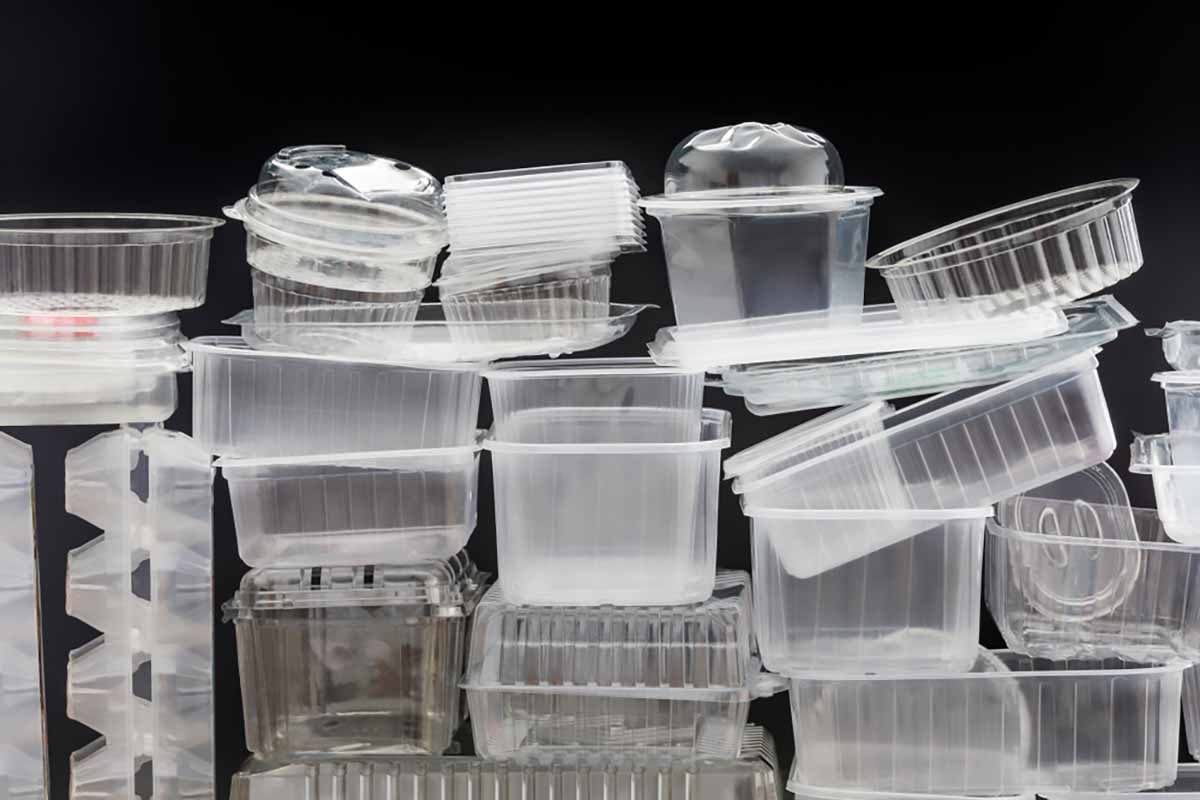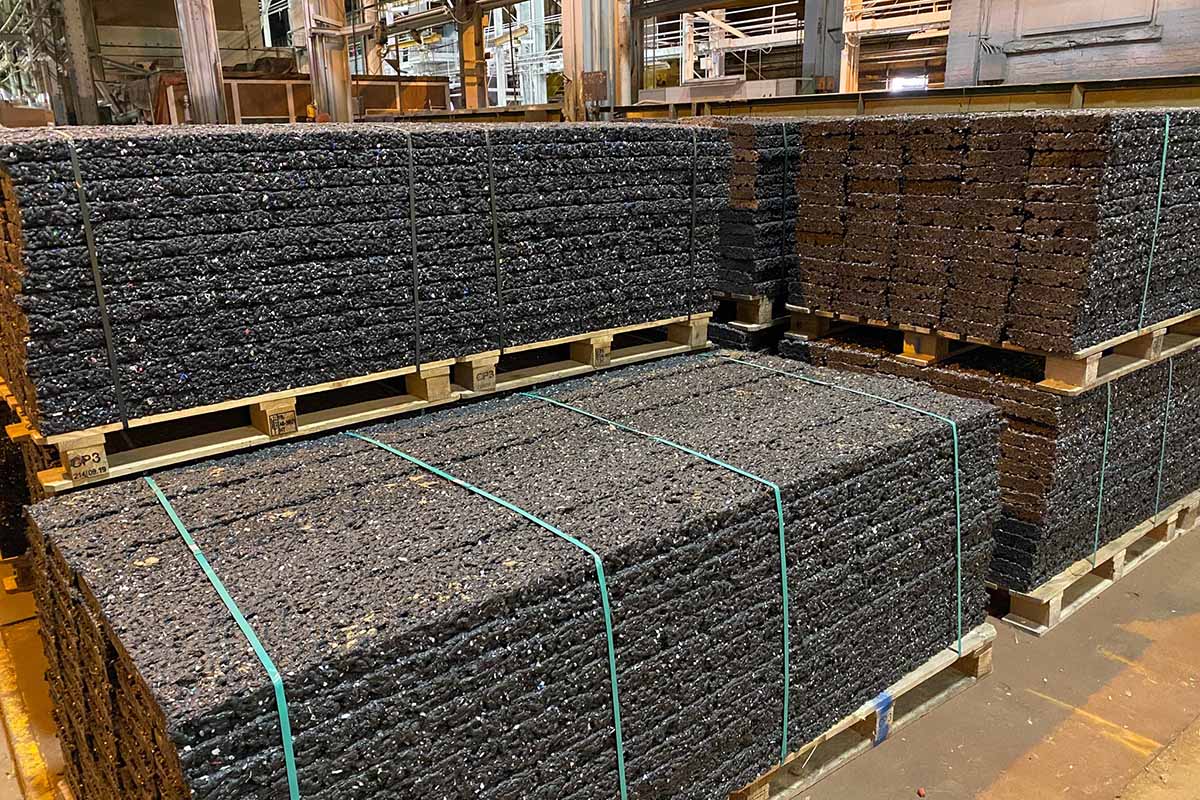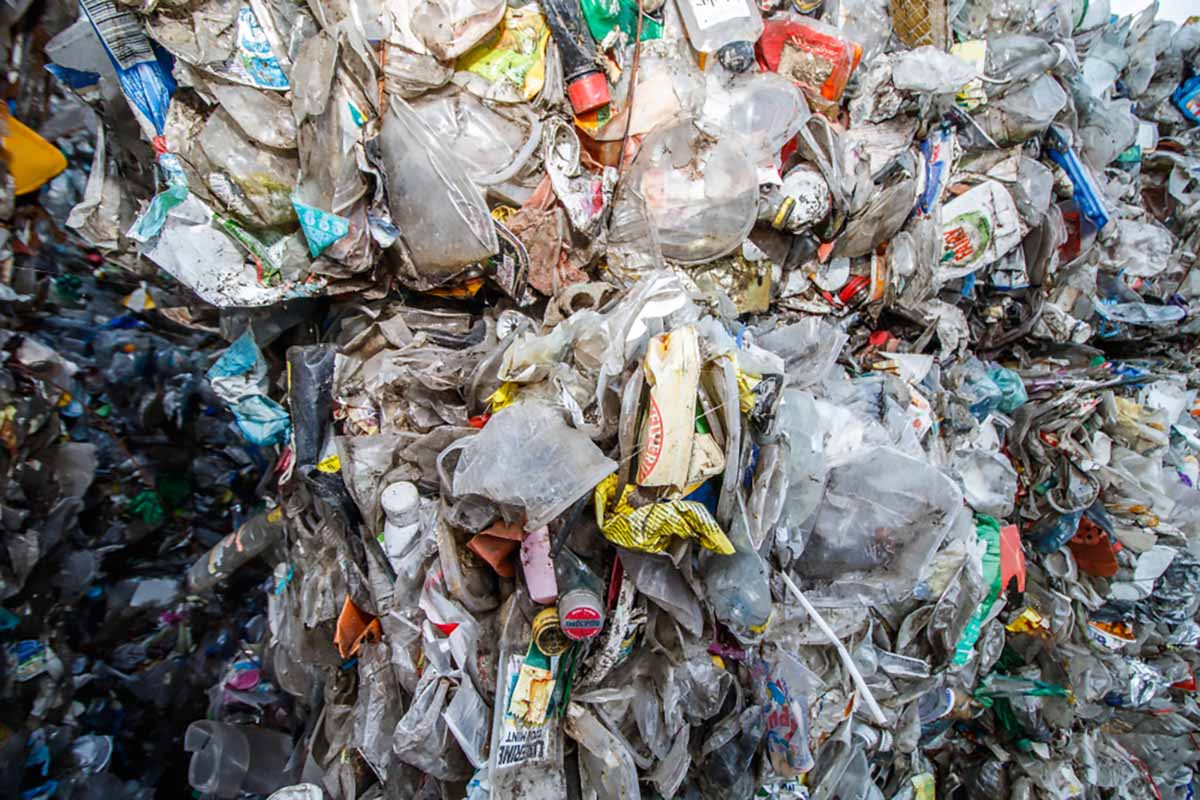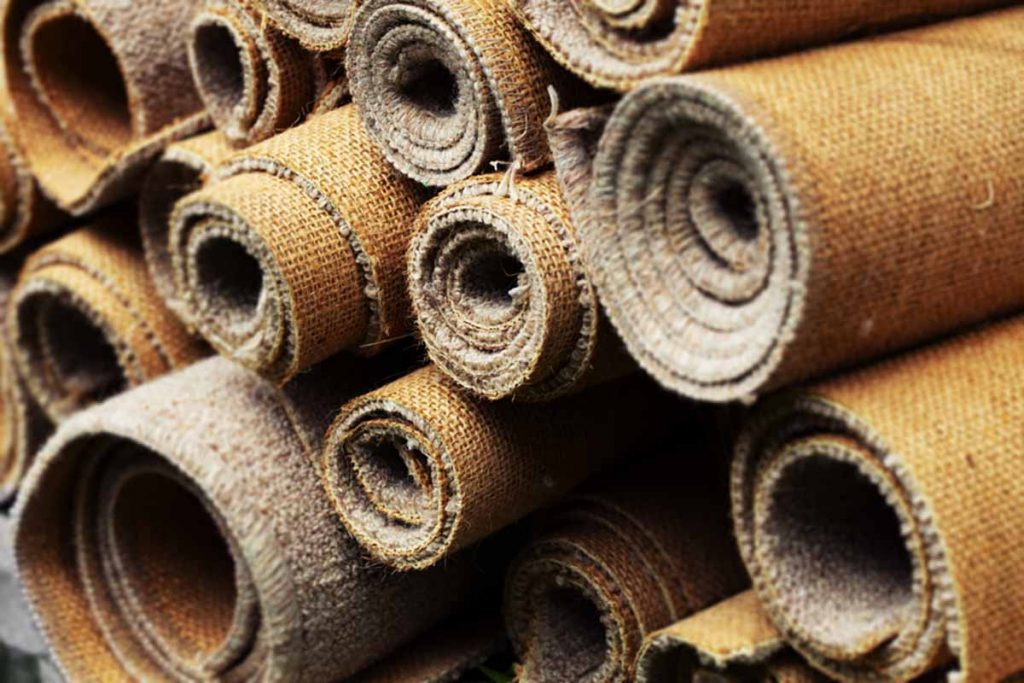
Millions of dollars will go to two California reclaimers processing post-consumer thermoforms. | Konektus-Photo / Shutterstock
PET reclaimers have been awarded millions of dollars from the state of California to help finance recycling projects.

Millions of dollars will go to two California reclaimers processing post-consumer thermoforms. | Konektus-Photo / Shutterstock
PET reclaimers have been awarded millions of dollars from the state of California to help finance recycling projects.

U.S. Rep. Haley Stevens plans to reintroduce the Plastic Waste Reduction and Recycling Act. | Phil Pasquini / Shutterstock
A federal lawmaker who is sponsoring legislation meant to support the plastics recycling sector says collaboration between all stakeholders, and government assistance, will bolster the U.S. recycling system.

Speakers in a session last week came from two often-opposing sides of the packaging and recycling debate: Craig Cookson of ACC and Kate Bailey from Eco-Cycle. | Screenshot from the 2021 Plastics Recycling Conference.
Last week’s Plastics Recycling Conference, held online, featured eight sessions over two days. Here are some of the talking points that caught our team’s attention.

With the new facility, HydroBlox has increased its recycled plastic consumption to 1 million pounds per week. | Courtesy of HydroBlox
Stormwater drainage product manufacturer HydroBlox has moved into a larger space and significantly increased its plastics recycling capacity.

Prices for baled curbside plastics are up across the board this month, with natural HDPE notching another record high.

Plastics recycling stakeholders will gather online this week for insight and networking. | DC Studio/Shutterstock
Hundreds of plastics recycling and sustainability professionals are taking part in this week’s virtual Plastics Recycling Conference, which is offering discussions on policy, markets and more at a time of sector uncertainty.

A 100,000-square-foot facility in Spain will have the capacity to process more than 50 million pounds of e-plastics per year. | sonsart/Shutterstock
Spanish plastics recycling operation Fosimpe will enter the mixed-plastics processing sector in the coming weeks, driven not only by the global regulatory environment but by greater public interest in domestic material processing.

The U.S. EPA is considering changing the calculation methodology for determining the nation’s recycling rate. | Rokas Tenys/Shutterstock
If a process breaks down scrap plastics into chemicals that are later used to make new plastic, should the federal government consider that “recycling?” What if the end product is a fuel that is combusted?

Chemical recycling processes are specifically excluded from the definition of “recycling” under the recently introduced Break Free From Plastic Pollution Act. | Andriy Blokhin/Shutterstock
Legislation that makes sweeping changes to the U.S. plastics recycling system generated quick opposition from industry groups, with plastics industry representatives focused on the bill’s treatment of certain materials recovery processes.

California regulators had fined the Carpet America Recovery Effort (CARE), accusing the stewardship group of failing to improve carpet recycling performance over several years. | optimarc/Shutterstock
A stewardship group will pay over $1 million in penalties for failing to meet California’s carpet recycling requirements, according to state officials.

